Review: LIFE OF PI at Wyndham's Theatre
From The Lion King to Avenue Q, and The Magician's Elephant to Frozen, puppets have been become increasingly common and inventive in theatral productions. Now, puppets star in the spectacle-filled and fun production of Life Of Pi.
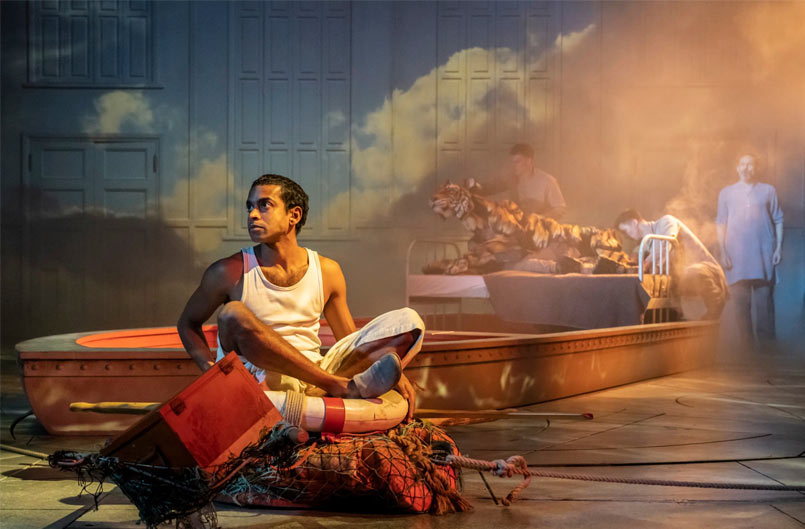 Hiran Abeysekera (Pi) Tom Larkin (Tiger Head) Nicholas Khan (Pi's Father) in The Life of Pi. Photo by by Johan Persson
Hiran Abeysekera (Pi) Tom Larkin (Tiger Head) Nicholas Khan (Pi's Father) in The Life of Pi. Photo by by Johan Persson
If you haven't read Yann Martel's novel or seen the film, you'll still probably know that Life Of Pi involves boy, a shipwreck, and a tiger. A giant Bengal tiger named Richard Parker, to be exact. Onstage, it takes three people at once to puppeteer Richard Parker (requiring such control and contortions that there are six tiger operators in total: Fred Davis, Daisy Franks, Romina Hytten, Tom Larkin, Tom Stacey and Scarlet Wilderink. They're fabulous, likely unsung, and all probably require twice-daily massages since they spend most of the show doubled over). The tiger itself is similar to the puppets in War Horse, although in Life Of Pi there's the added thrill of watching Richard Parker and the other animals “swim” while stranded at sea. Like many of the effects in this play, it's tempting to focus on the puppeteer team and how they work, and equally as easy to forget the puppeteers even exist because the animals' movements are mesmerizingly lifelike. The puppets aren't just for show either- they're part of one of the main themes in Life Of Pi. Martel's story is concerned with the choice between the real and the fantastical. All theatre blurs this line, and the fact that Life Of Pi's audience can see a human within what the story tells us is a tiger, adds to this idea of the haziness of reality.
The plot begins in the 1970s when Richard Parker, along with Orange Juice the orangutan, Black-and-White the zebra and an unnamed hyena, lives in a zoo in Pondicherry. The titular Pi is the son of the zoo's owner. The scenes set in India are lovely, bursting with movement and warm colours. Set designer Tim Hatley creates the zoo, a market and a port with splendid detail. Hiran Abeysekera, starring as Pi, is at his most endearing when portraying this playful and wide-eyed version of the character. Pi is equal parts precocious teen, ruffling feathers in his community by practising three different religions, and naïve boy, horrified to watch his father feed a live goat to Richard Parker. Political instability prompts the family and their animals to uproot from Pondicherry and emigrate to Canada. On the voyage, the boat they are travelling on is shipwrecked. I won't give away spoilers, but director Max Webster presents this catastrophe onstage in a simple way which is so effective that it feels as if Pi is in actual danger. When the storm eventually settles, Pi claws onto a lifeboat with four of the animals: Orange Juice and Black-and-White, who Pi counts as friends, the hyena, who he certainly doesn't, and Richard Parker, who seems keen to eat him alive. Throughout the play, Webster and Hatley, along with Andrzej Goulding (video design) and Tim Lutkin (lighting) delight the audience with a variety of stunning effects. They capture sea, land and sky in exciting ways, and even mid-way into the second act there are surprises in the set and technical design.
Most of this second act sees Pi alone on the lifeboat with the animals. It must have been tricky for playwright Lolita Chakrabati to create a play from a novel in which only one of the main characters is capable of speech. Chakrabati meets this challenge brilliantly, making Life Of Pi's script one of the best page-to-stage adaptations in recent years. While Pi is the sole human character on the boat, his family and the author of his survival guide pop onto stage/ into Pi's increasingly delirious thoughts. They offer their advice and interrogate Pi on his beliefs about God and humanity. Faith in all its forms is a key issue in Life of Pi. We also repeatedly flash forward to watch Pi recount the story of the shipwreck to a team of investigators. The flow (excuse the pun) from endless ocean to clinical hospital room works beautifully.
Chakrabati meets this challenge brilliantly, making Life Of Pi's script one of the best page-to-stage adaptations in recent years
If there's a downside to Life Of Pi, it's the acting. Abeysekera is up to the task of carrying the play, and he is certainly skilled at humour and physical performance (not to mention stamina- Pi is in every scene). Charming as he is at the beginning of the play, as the story progresses Abeysekera doesn't display much profundity in Pi's character. The ocean may be deep, but our hero remains shallow. Few of the supporting cast are particularly believable in their roles, and rarely sound as if they're in actual conversations with each other. I wanted to give Life Of Pi five stars, but dazzling stagecraft doesn't negate sub-par acting. Still, it's early days for this cast, and perhaps they will improve throughout the show's run. Considering the hype which has followed Life Of Pi to the West End following its debut in Sheffield, I imagine that that run won't be a brief one.
Given the use of puppets and effects, and the meditations on reality and storytelling, there's plenty of comparisons to be drawn between Life Of Pi and another novel-to-play adaptation, The Ocean At The End Of The Lane. The latter has recently opened at the Duke of York's theatre, just up the road from Life Of Pi. Both stories centre on a young male protagonist who rarely leaves the stage, both plays are rich with questions and ambiguity, and both productions feature jaw-dropping stagecraft. Though The Ocean At The End Of The Lane is excellent, for me Life Of Pi is slightly superior in its technical design, and is elevated by Chakrabarti's script. She tells Martel's unusual story with clarity, and asks big questions with a light touch. Tragedy, comedy and philosophy sit comfortably alongside each other in this play. It's zippy, too- you'll be on the tube home before ten PM. And whether you're marvelling at the technical wizardry, wincing thinking about the puppeteers' contortions, or pondering ideas of faith and fiction, you'll certainly have a lot to think about after viewing Life Of Pi.
Latest News
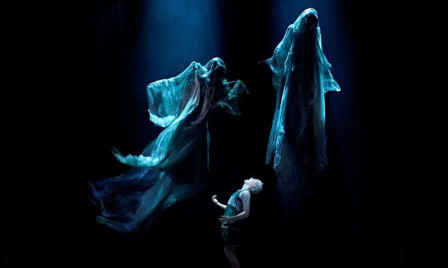
 Photos of new cast for HARRY POTTER AND THE CURSED CHILD released
17 October 2025 at 13:18
Photos of new cast for HARRY POTTER AND THE CURSED CHILD released
17 October 2025 at 13:18
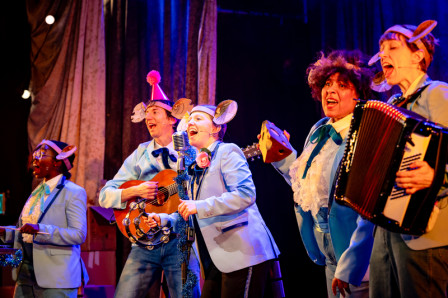
 Little Bulb's THE LITTLE NUTCRACKER to play in the West End
17 October 2025 at 11:05
Little Bulb's THE LITTLE NUTCRACKER to play in the West End
17 October 2025 at 11:05
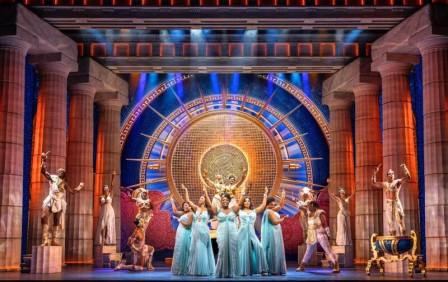
 5 Family-Friendly Theatre Shows in London this October Half Term (2025)
17 October 2025 at 10:50
5 Family-Friendly Theatre Shows in London this October Half Term (2025)
17 October 2025 at 10:50
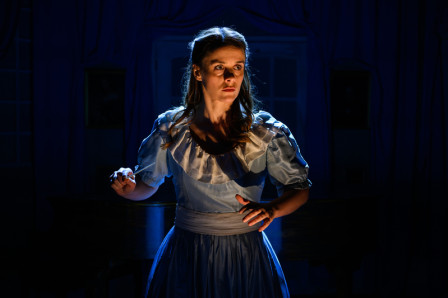
 Review: FANNY, King's Head Theatre
17 October 2025 at 10:23
Review: FANNY, King's Head Theatre
17 October 2025 at 10:23